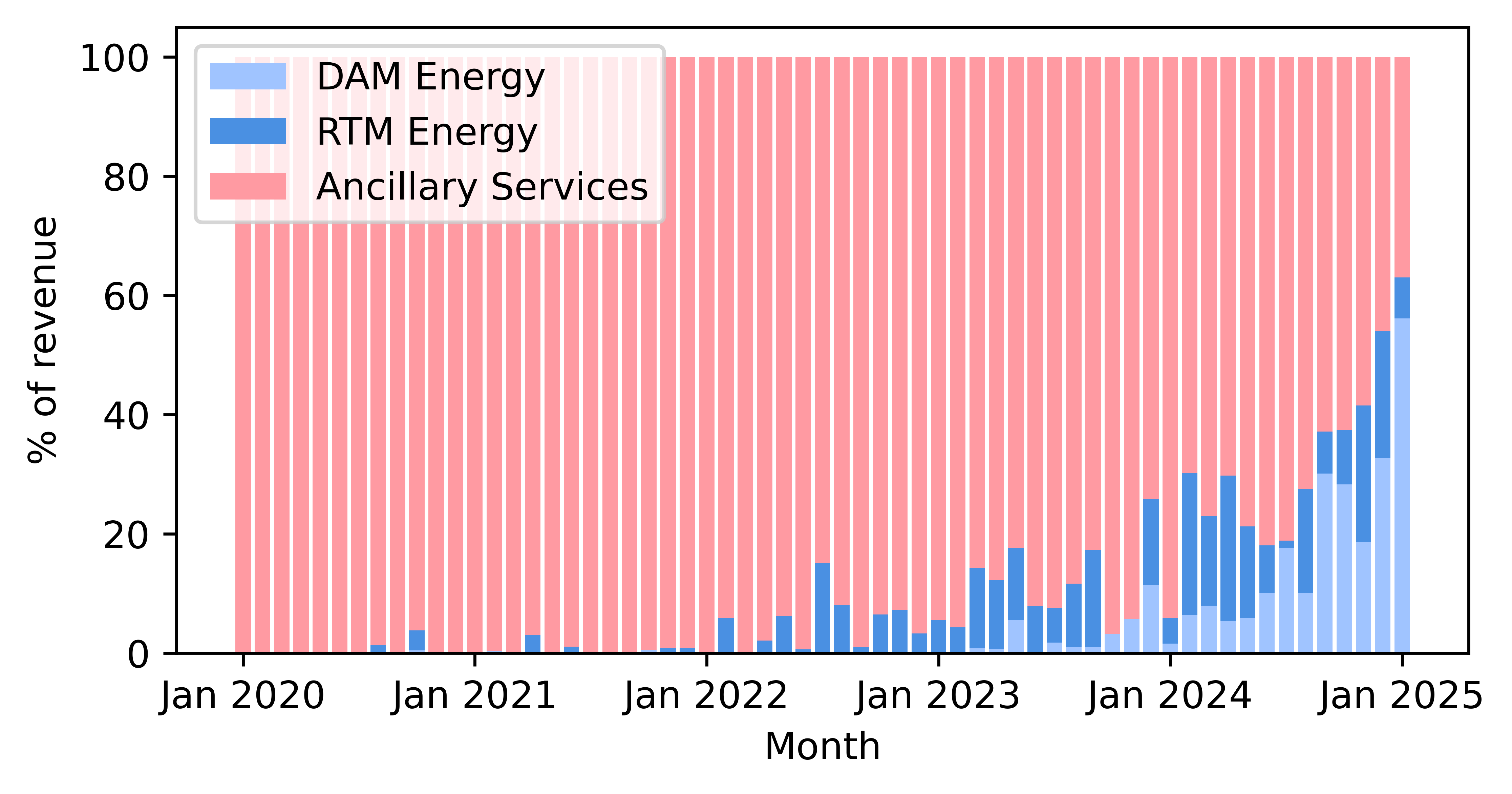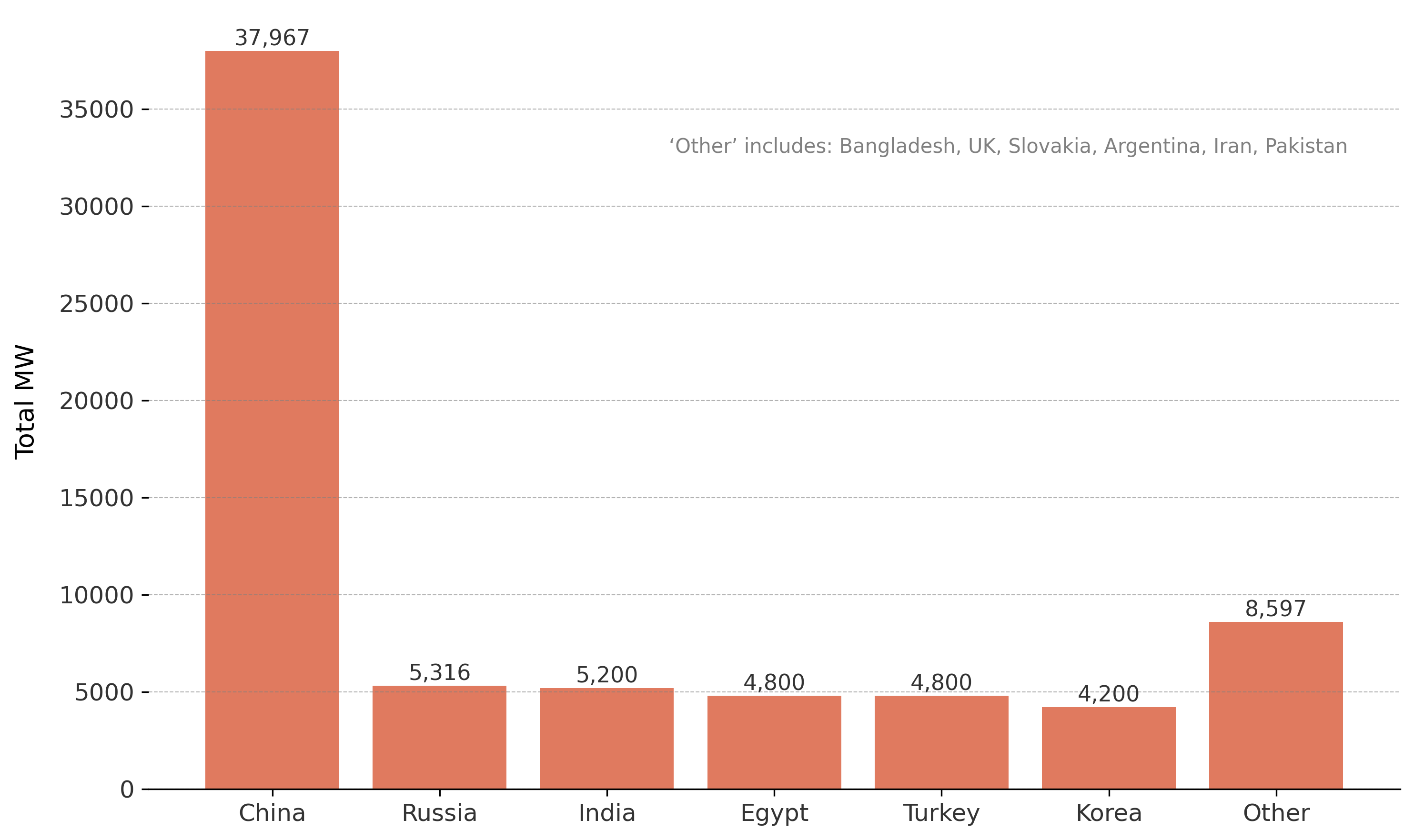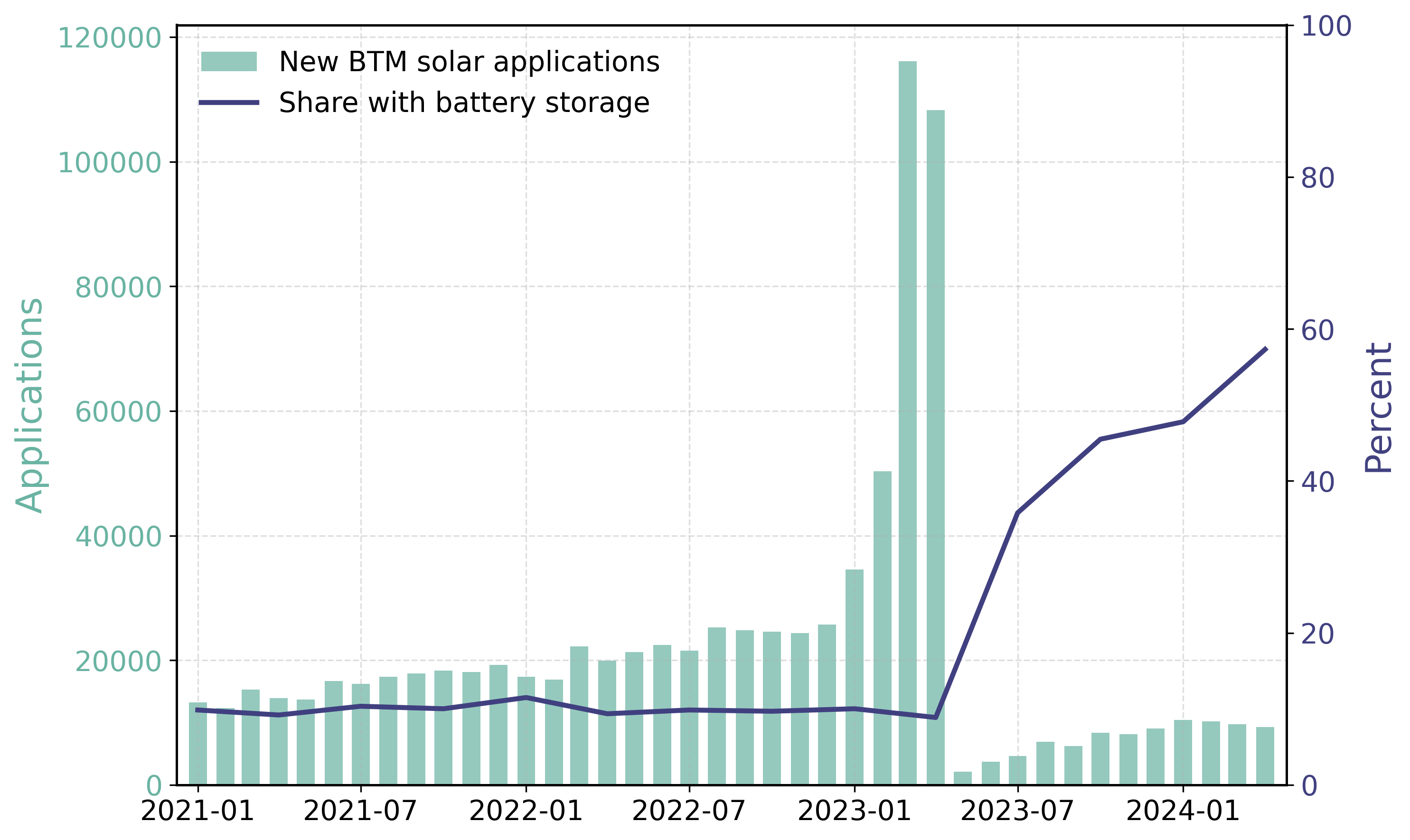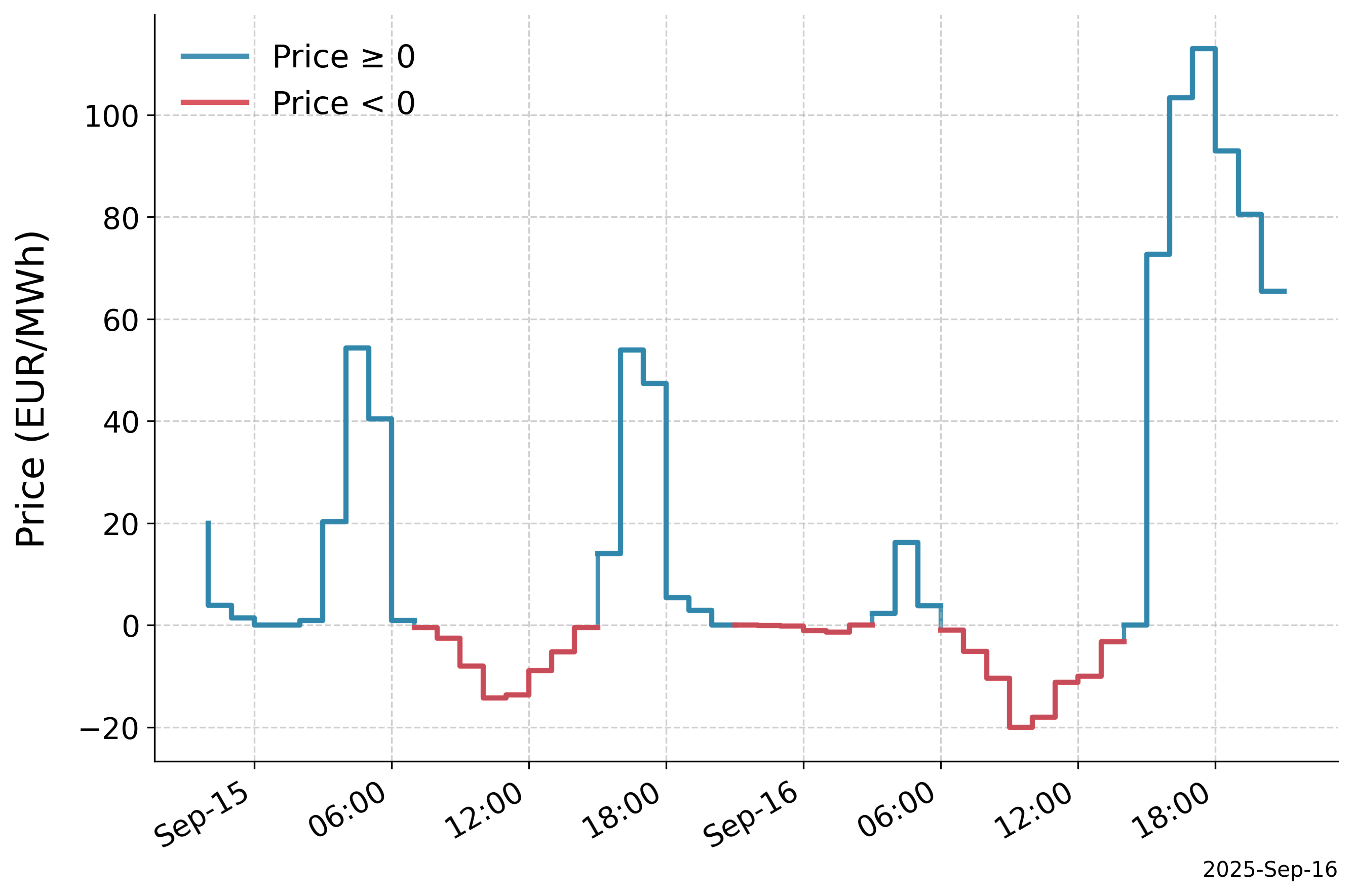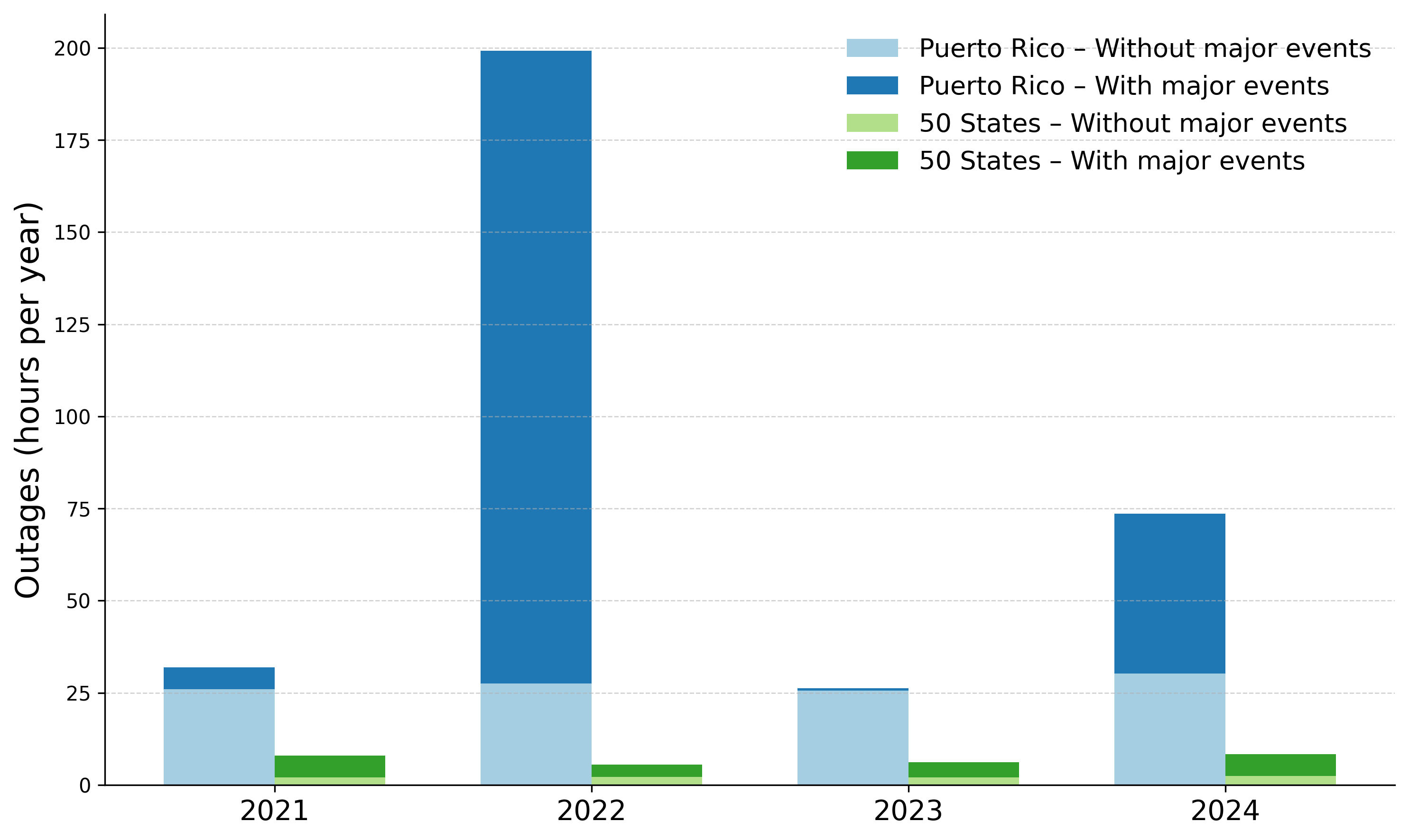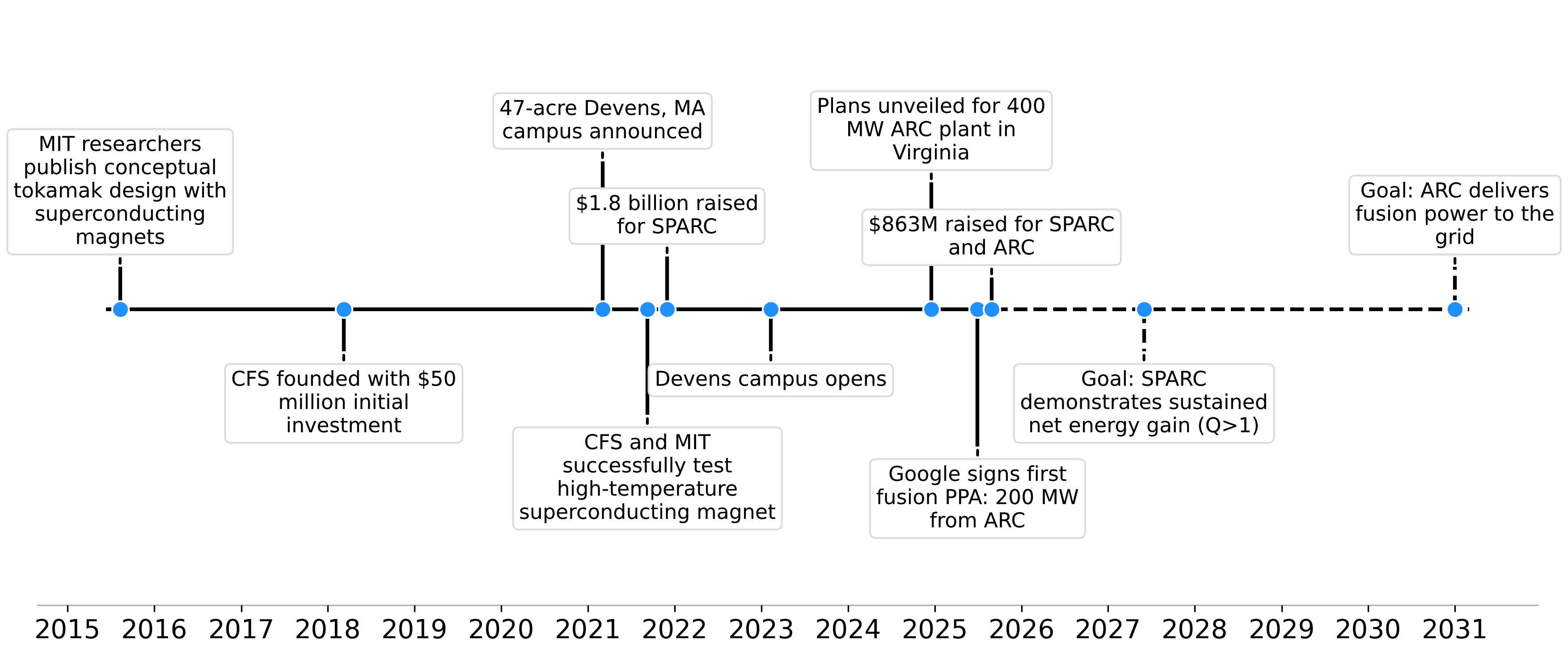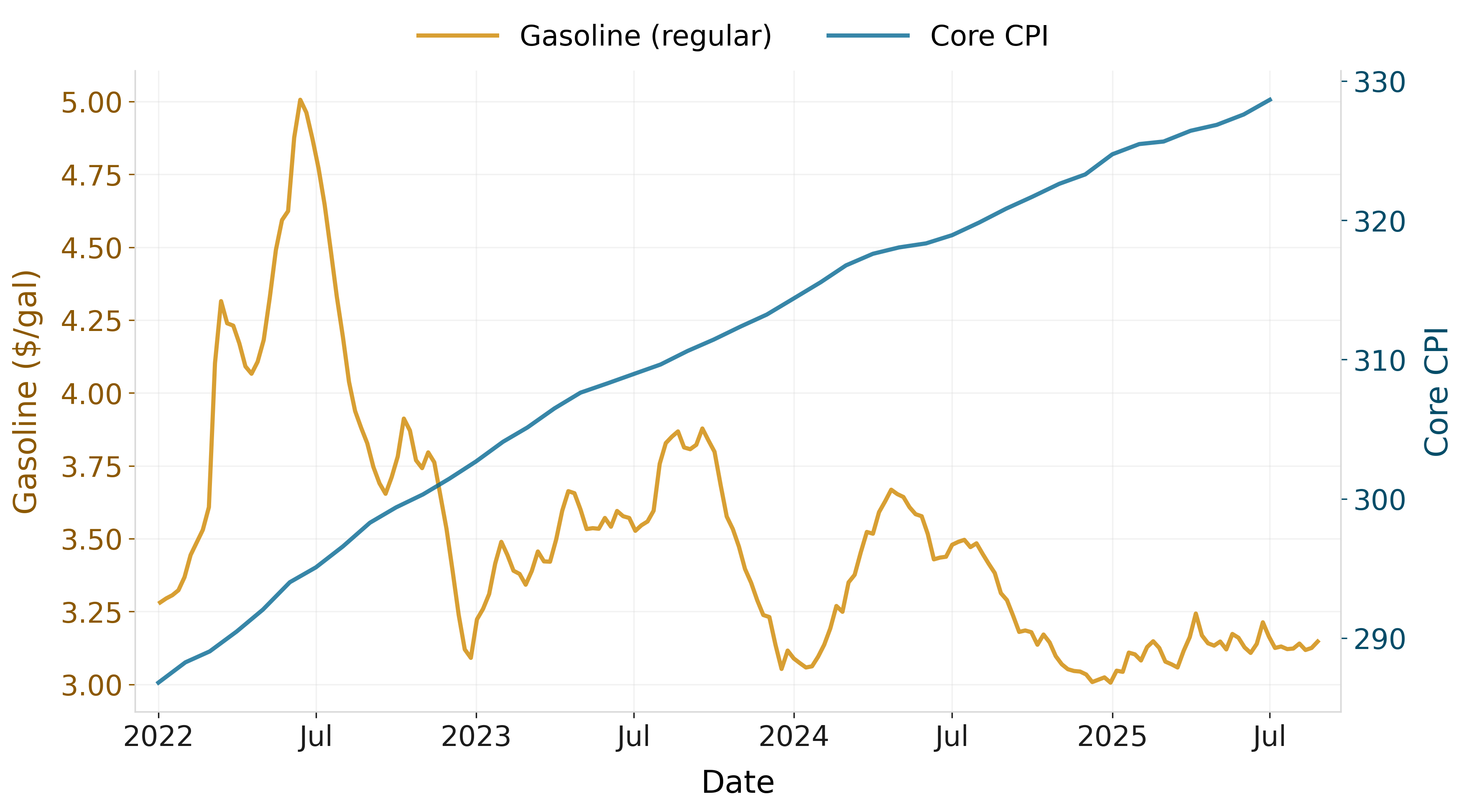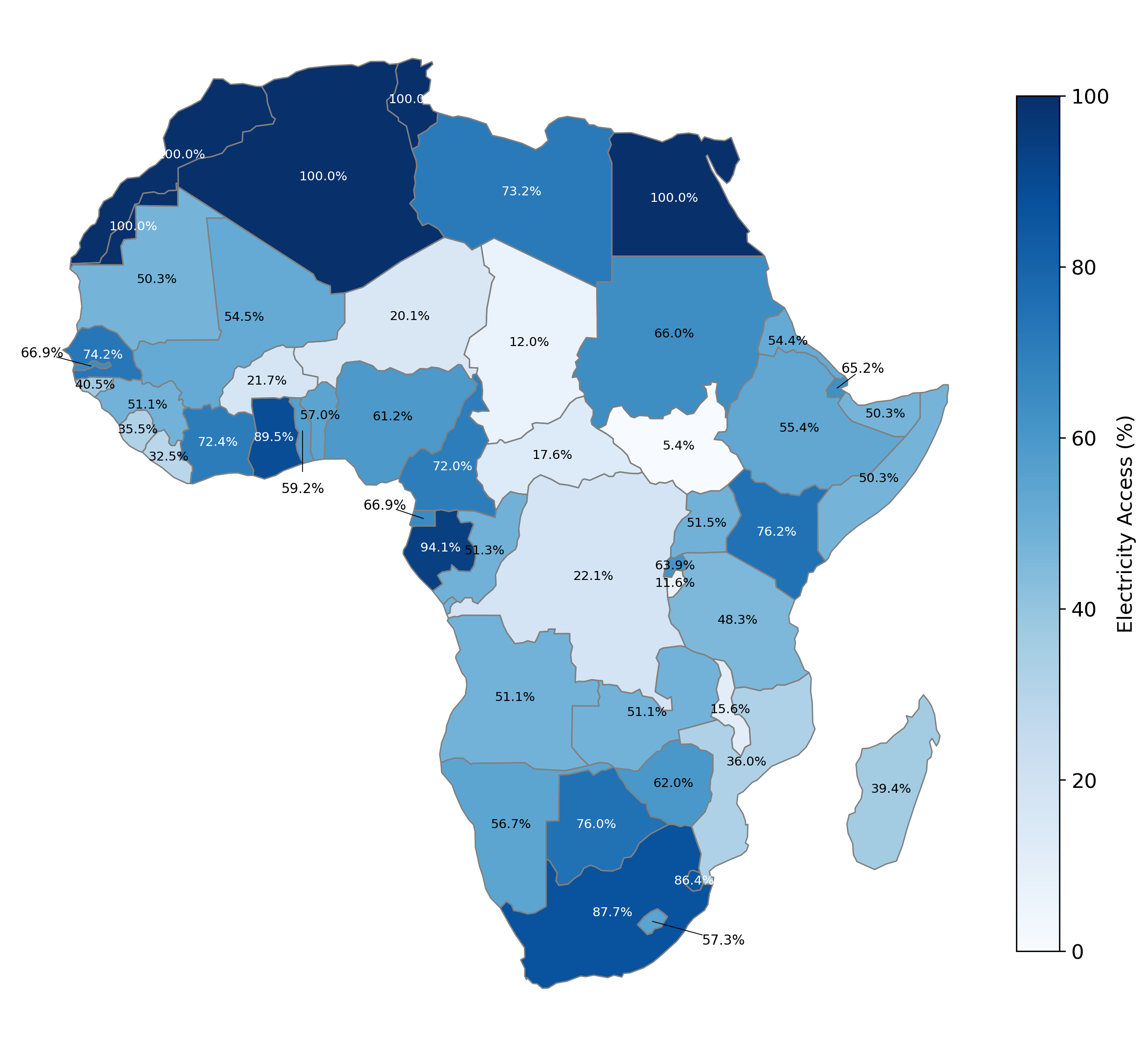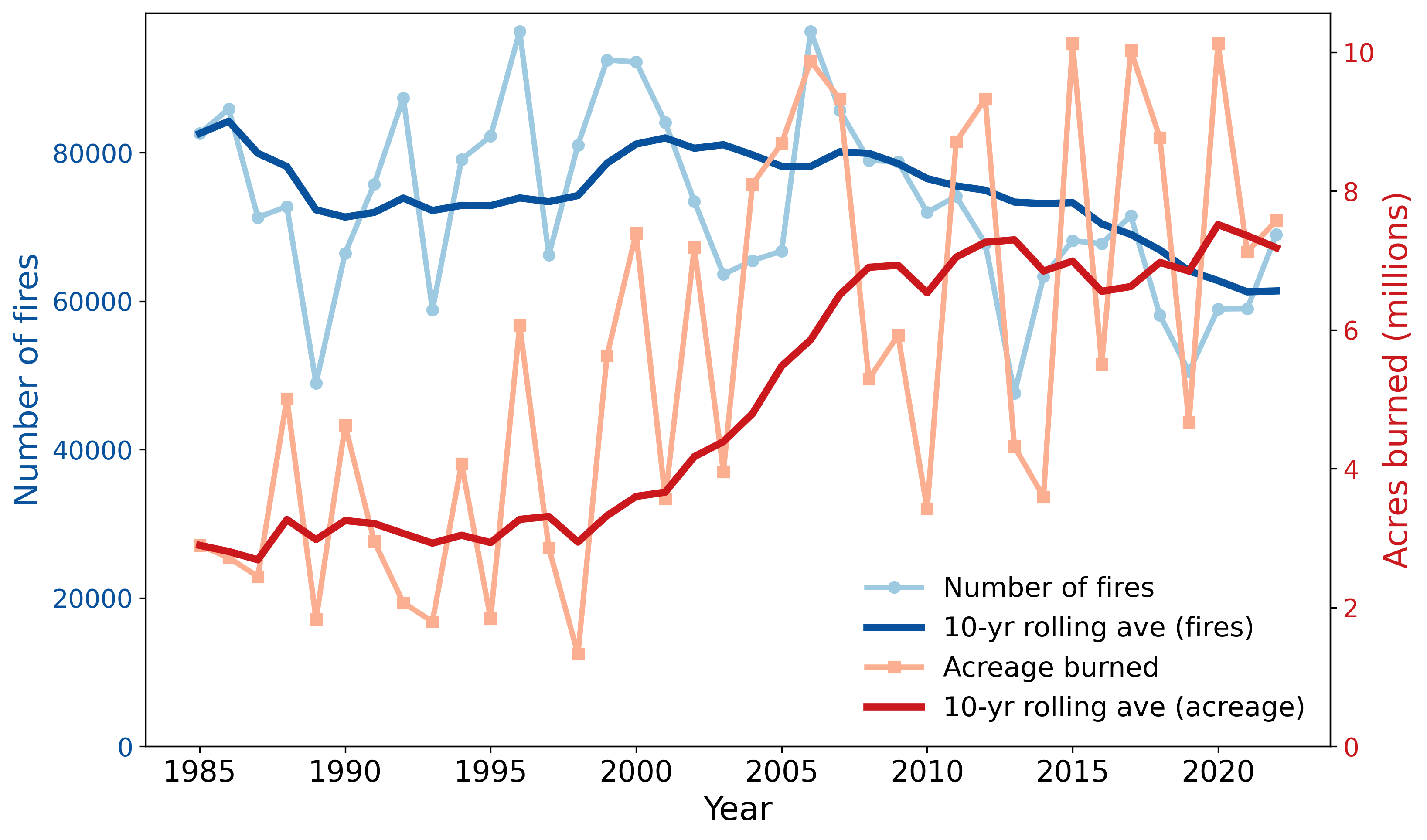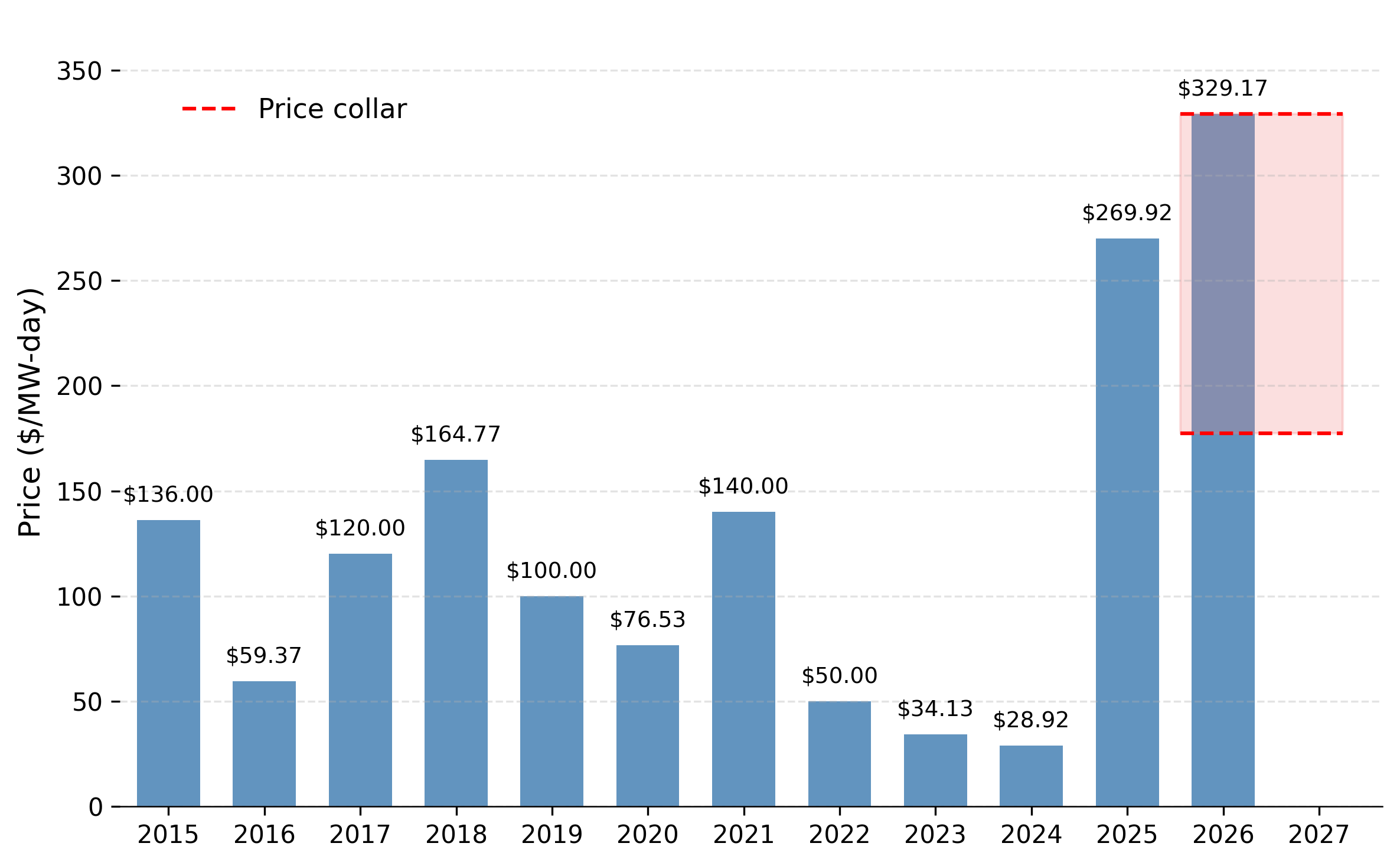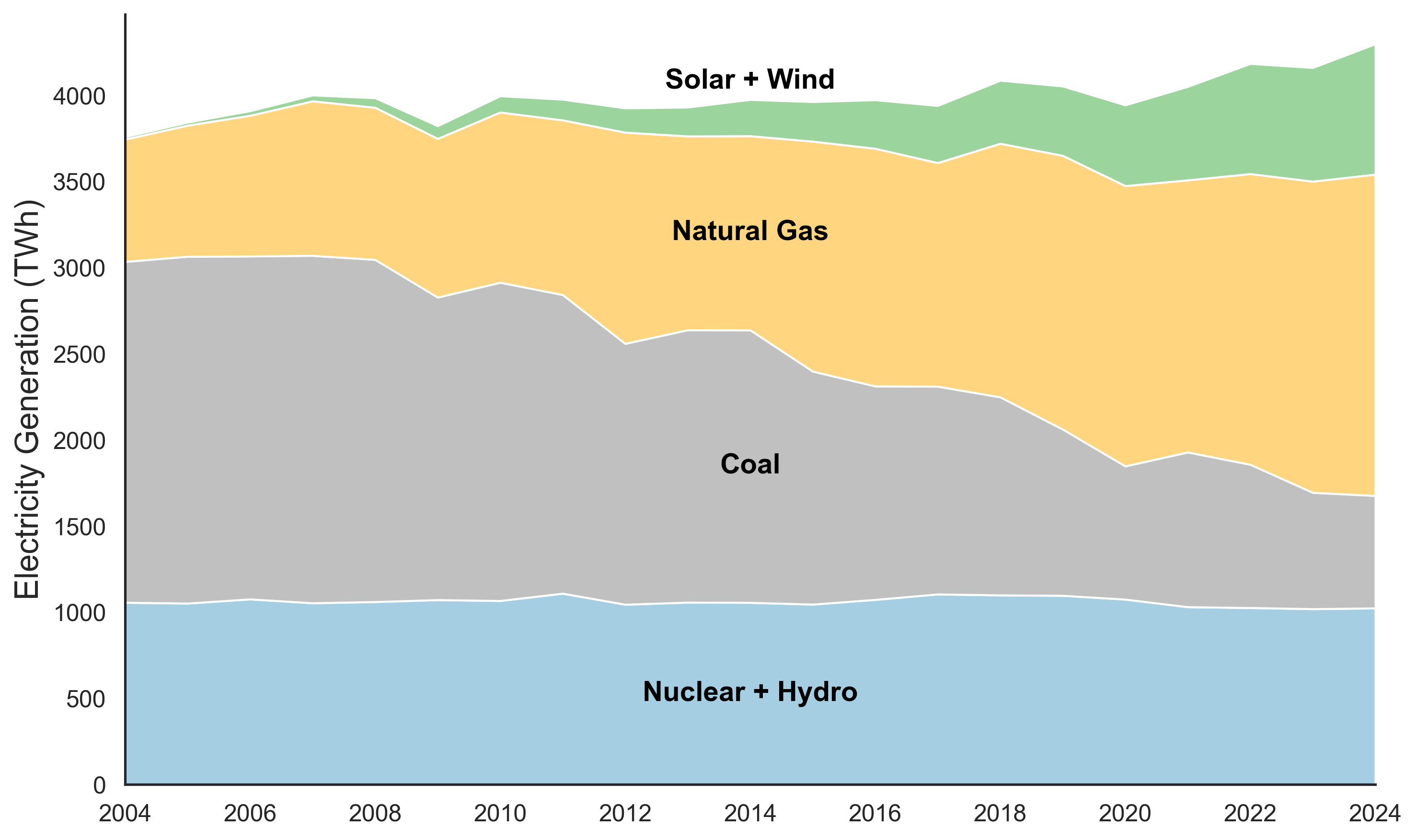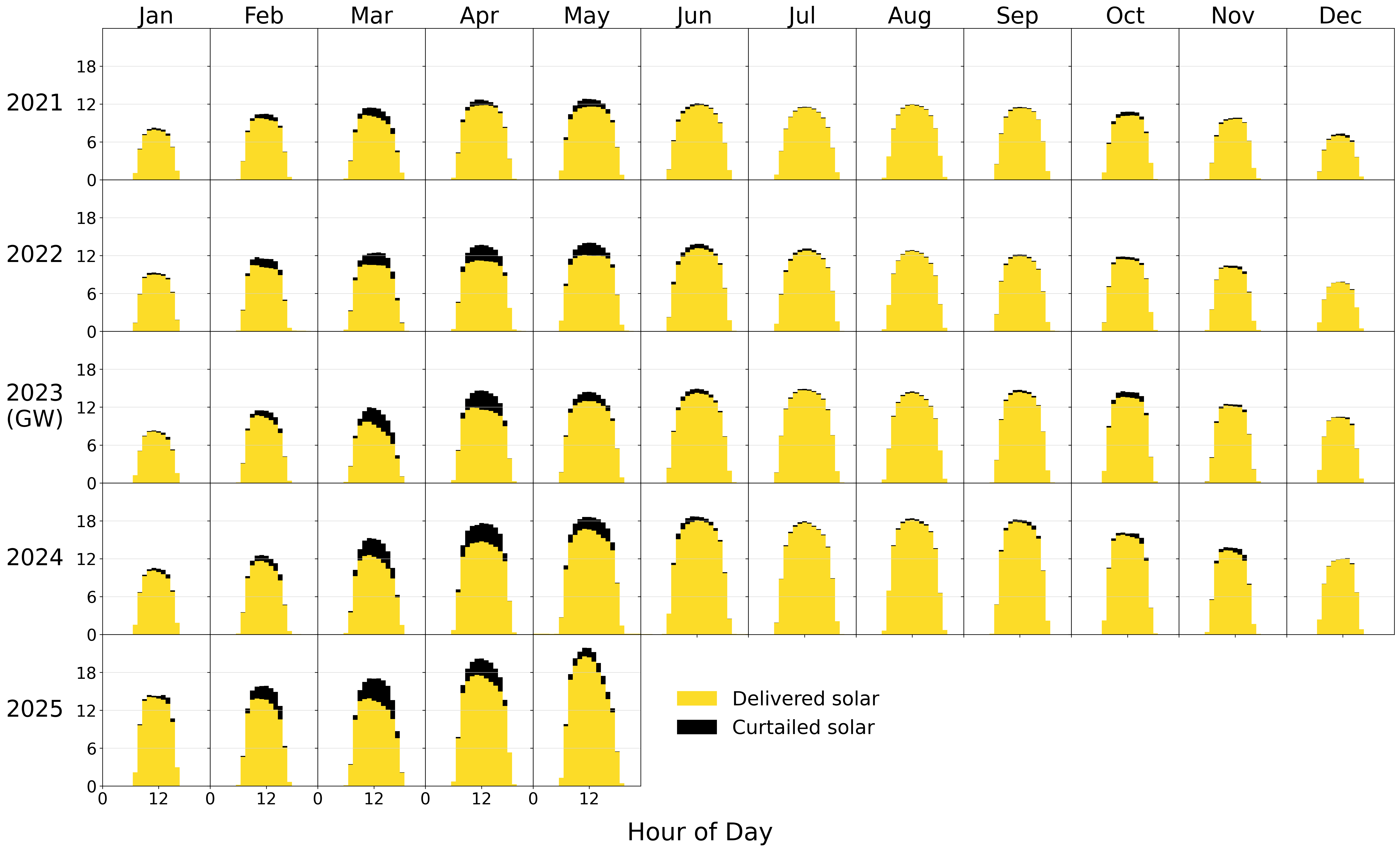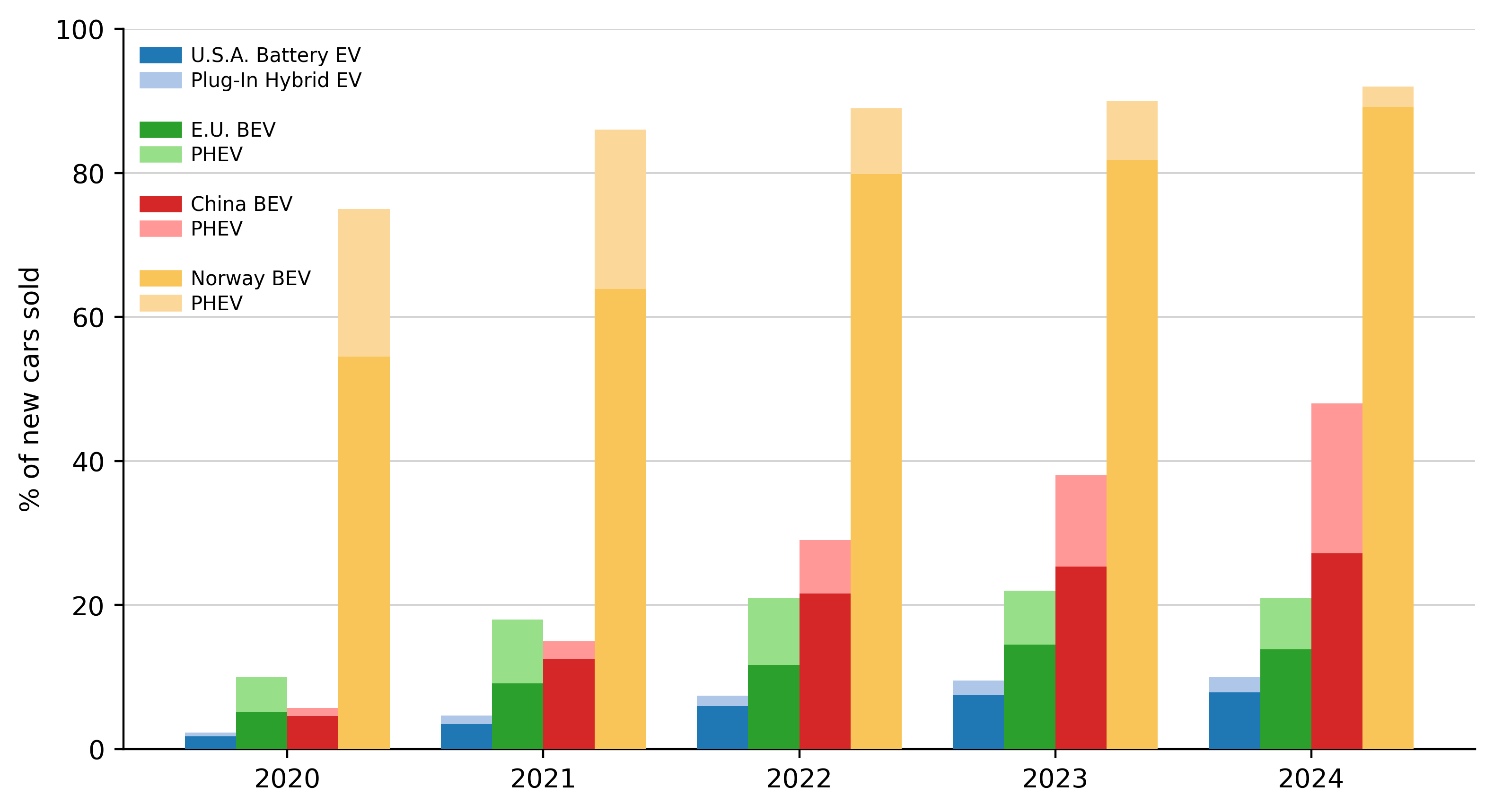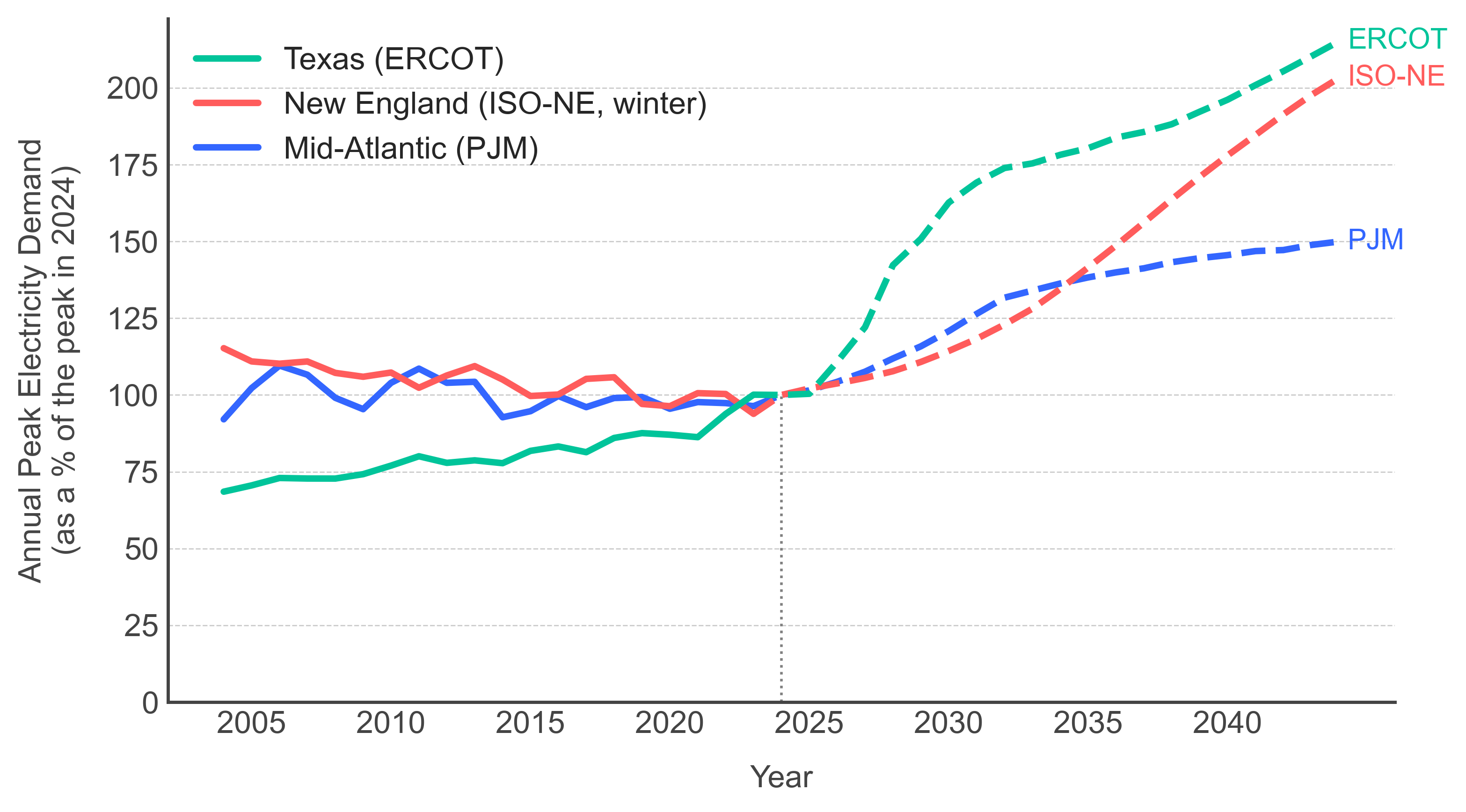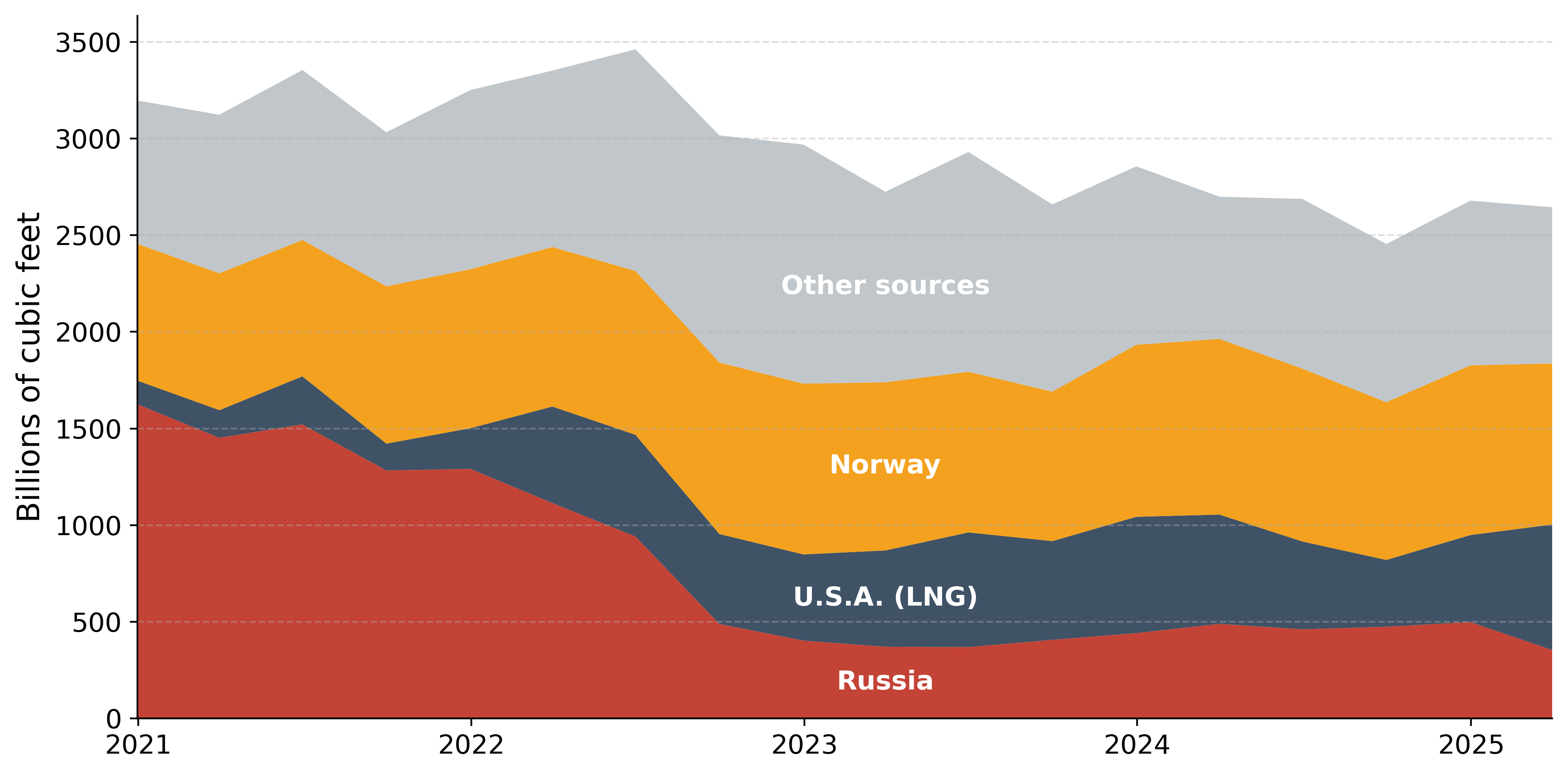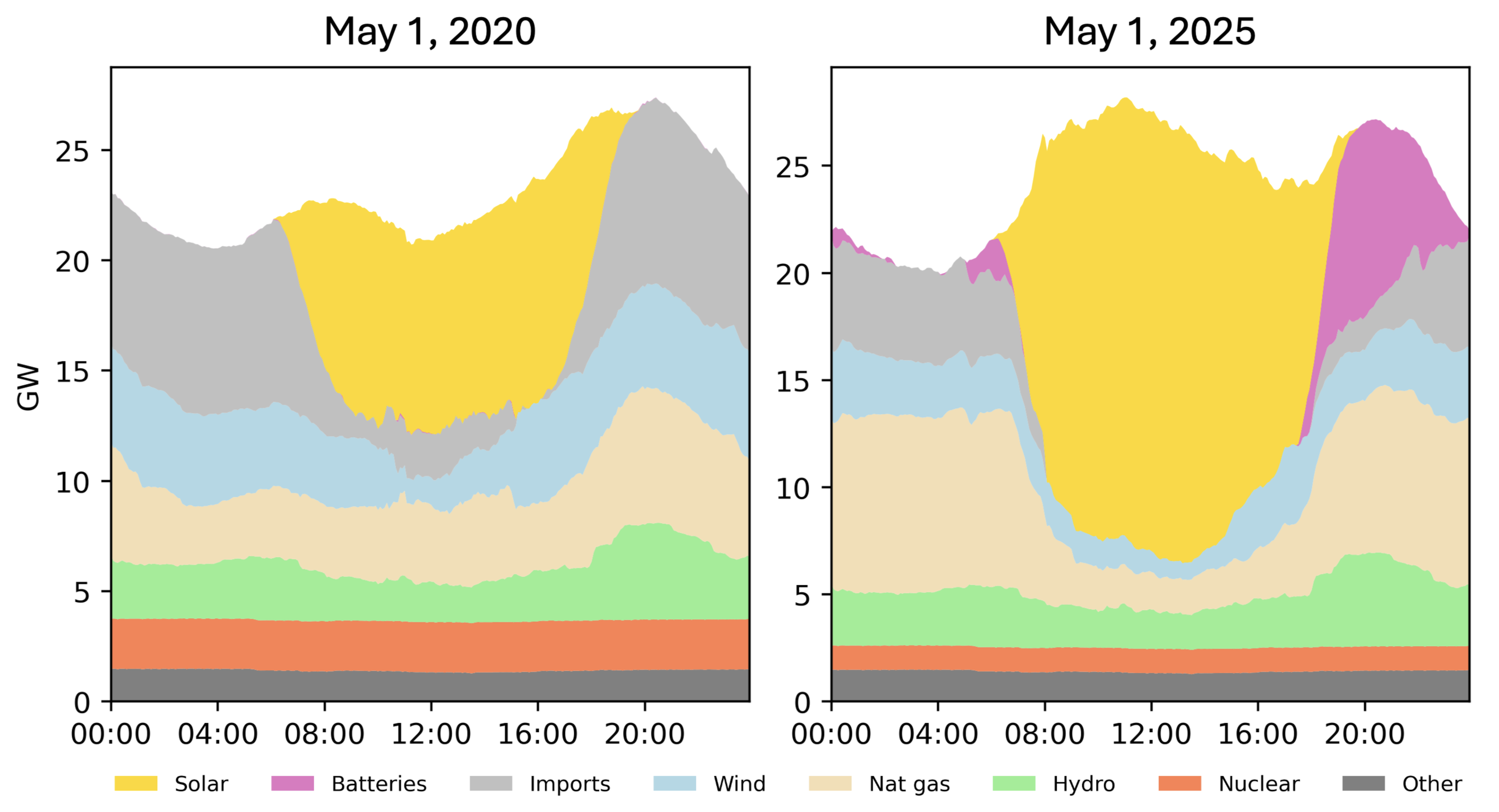
New York City’s power concerns
November 16, 2025
The nation’s largest city could face electricity shortfalls as demand grows and aging gas turbines retire, according to a recent report by New York’s grid operator. To close future supply gaps, NYC is relying on multiple major projects, including the 1,250 MW Champlain Hudson Power Express transmission line (expected spring 2026), the 800 MW Empire Wind 1 project (2027), and the Propel NY Energy transmission project (2030). However, supply chain uncertainty and political risks could delay these timelines. Even with these projects delivering power on schedule, NYISO still identifies a risk of power deficiency in the city starting in summer 2029. A temporary solution indicated in NYISO’s report is retaining aging peakers under special reliability exceptions. However, current state emissions regulations regardless of these reliability exemptions require many of these facilities to retire by May 1, 2029 unless they are upgraded to use cleaner technology. Source: NYISO.
